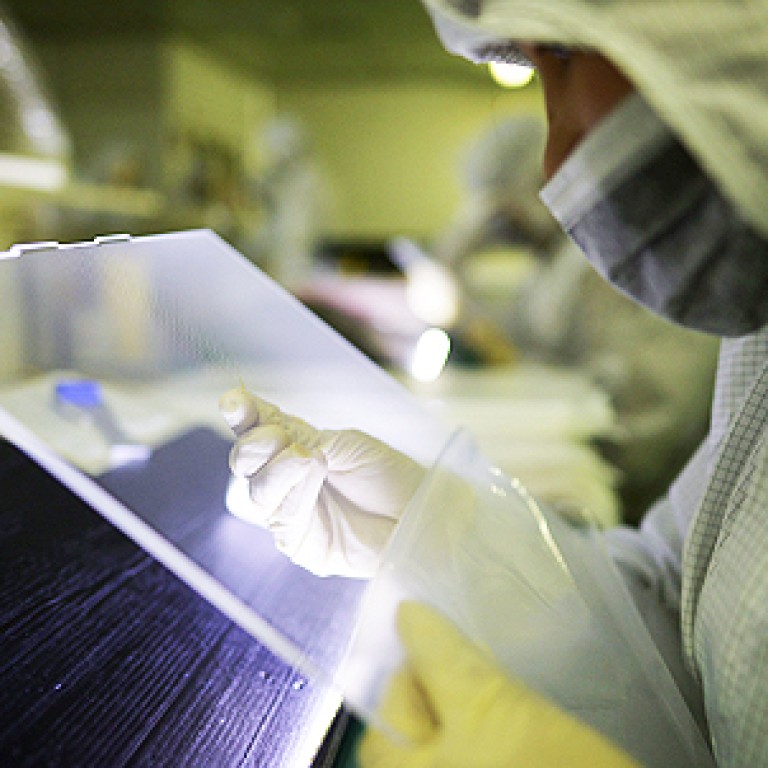
China manufacturing shrinks for first time in 7 months
The flash HSBC Purchasing Managers’ Index for May fell to 49.6
China’s factory activity shrank for the first time in seven months in May as new orders fell, a preliminary survey of purchasing managers showed, adding to concerns that a recovery in the world’s second-largest economy is sputtering.
The flash HSBC Purchasing Managers’ Index (PMI) for May fell to 49.6, slipping under the 50-point level demarcating expansion from contraction for the first since October. The final HSBC PMI stood at 50.4 in April.
A sub-index measuring overall new orders dropped to 49.5, the lowest reading since September, suggesting China’s domestic economy is not strong enough to offset soft external demand.
The cooling manufacturing activities in May reflected slower domestic demand and ongoing external headwinds
“The cooling manufacturing activities in May reflected slower domestic demand and ongoing external headwinds,” said Qu Hongbin, chief China economist at HSBC.
Asian stock markets outside of Japan extended early losses after the report. Oil, copper and rubber prices also fell, while the Australian dollar skidded by a quarter of a US cent.
Thursday’s PMI revives investors’ concerns about the strength of China’s economic recovery this year, if one is seen at all. April economic data released earlier this month had already underwhelmed markets and dented confidence.
It is also likely to fuel a debate over whether policymakers should take action to spur growth, though Chinese Premier Li Keqiang said earlier this month that the nation has little room for fiscal stimulus.
The PMI survey showed new export orders hovered below the 50-point level in May, though the rate of decline slowed from April.
Still, the weak showing implied foreign demand remained lethargic due to a patchy US recovery and Europe’s nagging debt crisis, and echoes weak export momentum seen in Taiwan and South Korea in May.
“A sequential slowdown is likely in the middle of the second quarter, casting downside risks to China’s fragile growth recovery,” Qu added.
China posted lacklustre data for industrial output and investment in April after an unexpected economic slowdown in the first quarter, raising fears of a feeble recovery in coming months.
Reflecting the cool-down in the vast factory sector, both indices for input and output prices stayed muted in May to be near troughs seen in the third quarter last year.
An employment sub-index pulled back slightly again in May though local media reports suggest China’s job situation is still holding up this year.
The HSBC flash PMI comes a week before the final reading and is the earliest indicator of how the Chinese economy is faring each month.
Even before Thursday’s PMI report, China’s surprisingly soft economic performance this year has led some analysts to slash their this year growth forecasts for the country towards 7.5 per cent from initial predictions closer to 8 per cent.
Bank of America-Merrill Lynch cut its forecast for China’s annual gross domestic product growth to 7.6 per cent this year from 8.0 per cent, and UBS downgraded its this year growth target to 7.7 per cent from 8.0 per cent.
Yet Beijing appears to be comfortable with an orderly cool-down in the Chinese economy.
It has set a this year economic growth target of 7.5 per cent, a level it deems adequate for job creation while providing room to restructure the Chinese growth engine to wean it off its reliance on exports and heavy investment.

